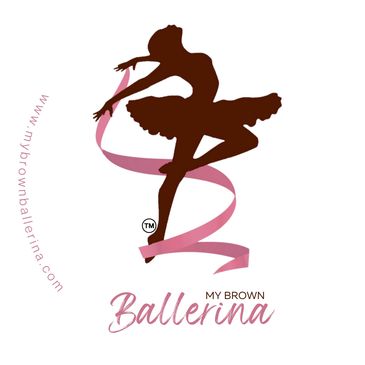Signed in as:
filler@godaddy.com
Signed in as:
filler@godaddy.com

Brown (Black) American ballerinas are a rare but growing phenomenon. Historically, ballet has been dominated by white dancers and choreographers, with the exception of a handful of African American and Asian dancers who made their mark on the dance world. However, in recent years there has been an increase in young black female dancers wh
Brown (Black) American ballerinas are a rare but growing phenomenon. Historically, ballet has been dominated by white dancers and choreographers, with the exception of a handful of African American and Asian dancers who made their mark on the dance world. However, in recent years there has been an increase in young black female dancers who are making their way into ballet companies around the world.
According to a report by The New York Times, brown women have historically had a difficult time breaking into ballet companies because they have been underrepresented or ignored altogether. This is part of a larger issue regarding representation in the arts, which has long been dominated by white men and women.
However, over the last few decades there has been an increase in both black female dancers and choreographers who are working to change this trend. Some notable names include Misty Copeland, Leanne Benjamin-Coleman, Jean-Pierre Bonnefoux and Karen Kain—all of whom have made significant contributions to ballet as well as its future direction.

The first black American ballerinas were trained in the early 1900s by a Russian-born ballet master, who brought the dancers over from Europe. He taught classical ballet to students of many races and ethnicities, but it wasn't until after his death that African-American dancers started to make their mark on the dance world.
In the mid 1920
The first black American ballerinas were trained in the early 1900s by a Russian-born ballet master, who brought the dancers over from Europe. He taught classical ballet to students of many races and ethnicities, but it wasn't until after his death that African-American dancers started to make their mark on the dance world.
In the mid 1920s, one of these ballerinas was invited to perform with a prestigious company at New York's Metropolitan Opera House. She danced in many different styles and genres throughout her career, but it was this performance that made history. The company was so impressed by her talent that they offered her an apprenticeship with them—a rare opportunity for any dancer, let alone one who was black at the time!

The history of African-American ballerinas is a complicated one. The first black American ballerina was said to be Marie Bonfanti, who was born in New Orleans in 1857. She trained with Eleanora Welby (a white ballerina) and went on to dance at the Paris Opera House.
The next black American ballerina was thought to be Sara Baughn, who was b
The history of African-American ballerinas is a complicated one. The first black American ballerina was said to be Marie Bonfanti, who was born in New Orleans in 1857. She trained with Eleanora Welby (a white ballerina) and went on to dance at the Paris Opera House.
The next black American ballerina was thought to be Sara Baughn, who was born in 1906 and went on to become a soloist with the Ballet Russe de Monte Carlo and later toured with her own company.
The first African-American woman to perform in a major ballet company was Allegra Kent in 1948; she danced for many years with the New York City Ballet and later founded her own school.
In modern times, we've seen more diversity in ballet companies—though there is still not much representation among dancers of color.






Copyright © 2022 My Brown Ballerina - All Rights Reserved.
We use cookies to analyze website traffic and optimize your website experience. By accepting our use of cookies, your data will be aggregated with all other user data.